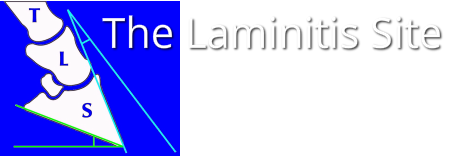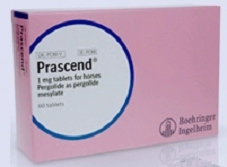| Important - please report any suspected adverse reactions to Prascend. Many owners inform us that their horses have shown symptoms of the "pergolide veil" - when horses go off their food and/or become depressed or lethargic soon after starting pergolide/Prascend - and we have had the occasional report of horses seeming to develop mild diarrhoea or colic which is perhaps linked to pergolide treatment. |
If you message BI yourself, please give the name and contact details of your vet, your full name and contact details, the name, age, breed and approximate weight of your horse, the date the treatment started, the dose of Prascend given, the date you noticed the reaction, for how long you noticed the reaction, the outcome and a description of what happened. BI will ensure these reports are followed up and reported to the Veterinary Medicines Directive.
We know that these adverse effects can be quite common and usually pass quickly, thanks mostly to the ECIR group who have been recording these effects for many years and coined the phrase "pergolide veil". However, it is very important that the drug companies and licencing authorities are also informed, so that any problems can be fully investigated and hopefully advice given to lessen the chances of any adverse effects being seen.
Pergolide appears to be an extremely effective and safe drug, there are horses on the ECIR group who have been on pergolide for 10 years and more, quite a few at high doses (over 5 mg/day), with no problems whatsoever. However, the pathology of PPID, the pharmacokinetics of pergolide and the interactions of neurochemicals and hormones make this an incredibly complicated area of medicine, so it's no wonder there can be a few "teething problems" when first starting treatment. Accurately reporting any problems experienced will almost certainly lead to more knowledge and improvements in the future - so please do it!
NB many owners in the USA have avoided pergolide veil symptoms when using APF at the same time as introducing pergolide - see Pergolide - ECIR Group. APF can now be bought in the UK from ForagePlus.


 RSS Feed
RSS Feed